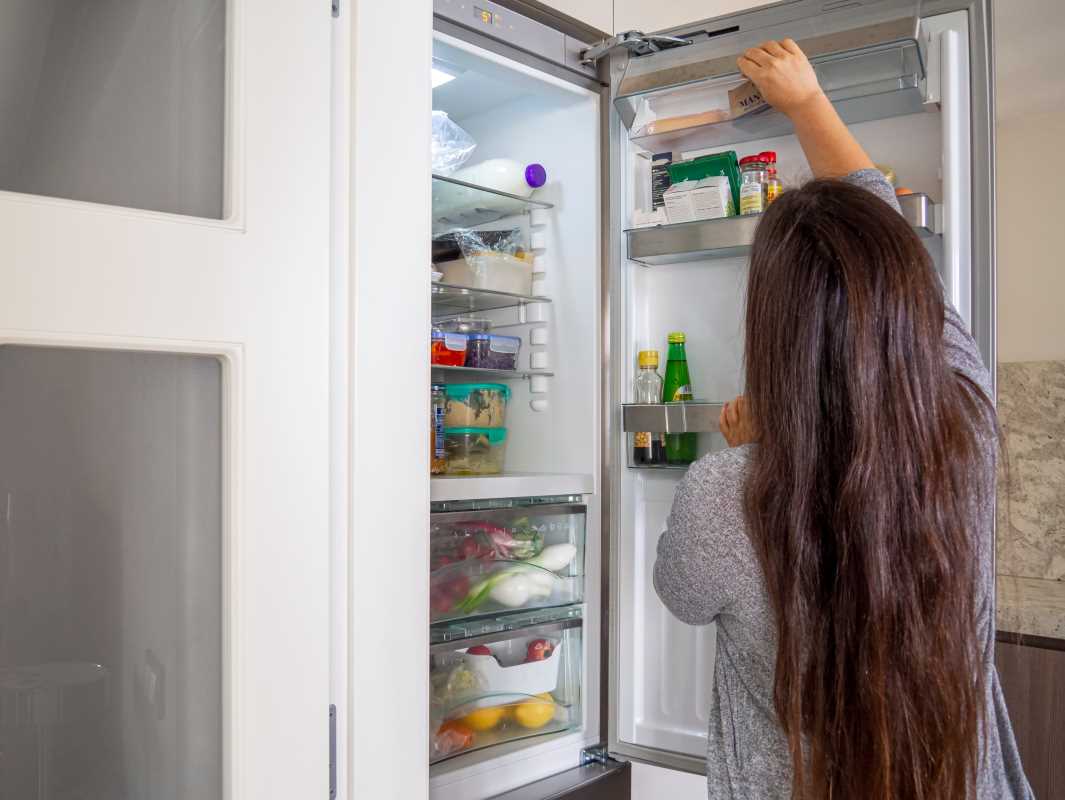Keeping up with soccer practice, dance recitals, dentist appointments, family dinners, and precious downtime can feel overwhelming for any modern parent. Organization often becomes the secret weapon against family chaos. A DIY family calendar isn’t just a crafty project; it’s a powerful tool that streamlines communication, establishes routine, and even brings families closer together.
This guide will walk you through everything you need to know about creating your own family calendar—from exploring the benefits to step-by-step instructions, creative ideas, customization tips, and practical advice for making it a lasting habit. Whether you’re a digital enthusiast or a fan of good ol’ pen and paper, you’ll find options tailored to your family’s style.
Why a Family Calendar Matters
A family calendar does more than just hang on the kitchen wall; it’s a hub that keeps everyone organized. More importantly, it fosters collaboration and gives kids valuable skills they’ll use for life. Here’s why every family can benefit from one:
1. Enhances Communication
With a shared calendar, everyone is in the loop. There are no surprises about forgotten dentist appointments or last-minute cancellations. Clear communication builds trust and reduces family conflict over schedules.
Example: If your teen has a big school project due on the same day as your younger child’s soccer tournament, noting it in the calendar helps parents balance attention between events.
2. Reduces Stress and Conflicts
A visual overview helps you avoid double-booking events and exposes scheduling tweaks early. By planning ahead, misunderstandings about “who’s picking who up” disappear.
Example: If both parents have overlapping work meetings on Tuesday, seeing it on the calendar in advance ensures childcare or carpools are arranged without panic.
3. Teaches Responsibility
When kids contribute to the planning, they take ownership of their time. Seeing their commitments next to others’ transforms scheduling into a family discussion instead of homework chaos or “fight night.”
4. Improves Quality Time
Time’s one thing families never have enough of. A family calendar ensures you prioritize bonding activities like movie nights, board games, or nature walks, so quality time doesn’t get lost among commitments.
Choosing the Right Calendar Style
Before you jump into crafting your family calendar, it’s critical to pick a format that fits your lifestyle. Consider how you operate best:
Wall Calendar
Ideal for visual families, wall calendars give everyone a bird’s-eye view of the month or week ahead. Hang it in a spot no one ignores, like near the kitchen or by the front door.
- Best for: Families with young kids who need visuals.
- Bonus Ideas: Try a chalkboard wall for a rustic aesthetic or use a corkboard where movable pins can hold sticky notes.
Dry Erase Board
Need flexibility? A dry erase calendar lets you adapt quickly without wasting paper. Great for families where plans change often.
- Combine it with: A dedicated area below labeled "To-Do's" and "Reminders" to keep key tasks front and center.
Digital Calendar
Apps like Google Calendar, Cozi, and Apple Calendar make syncing schedules simple. Each person stays updated on their own device, while parents get notifications when schedules overlap.
- Why it shines: Digital entries can include time, location, and important notes. Automated alerts keep everyone punctual.
- Tip: Use Siri, Alexa, or Google Assistant to add events by voice command. It’s convenient for busy parents juggling a lot at once.
Supplies You’ll Need
For hands-on crafters, gather:
- Essentials: Rulers, markers, poster boards, dry erase boards, sticky notes
- Personal touches: Stickers, family photos, inspiring quotes
- Organizational extras: Velcro labels for movable tasks, magnetic strips, or hooks
For digital enthusiasts:
- Apps to explore: Cozi (family-focused), Any.do (integrates tasks), or Trello (customizable boards)
- Gadget must-have: Tablets or phones for everyone in the family
Step-by-Step Guide to Crafting Your DIY Family Calendar
Step 1 - Brainstorm Needs
Gather the family and list what really needs scheduling:
- Weekly routines (school, work shifts, sports, dance)
- Special occasions (birthdays, holidays)
- Priorities (family nights, house chores)
- Goals (time for fitness, volunteering together)
Discuss and agree on what to include; this builds buy-in early.
Helpful Tip: Assign roles! One child might make decorations, while another spots unlisted events.
Step 2 - Choose a Layout
- Monthly view: Perfect for families managing vacations, due dates, or longer timelines.
- Weekly view: Works well when every hour counts (e.g., parents with rotating shifts). Leave spacing for notes.
Step 3 - Design the Framework
Use clear lines for dates, days, and sections by family member. Neatness makes it easier to use.
- Pro tip: Use color coding to represent each family member or event type for quick recognition. For instance, Mom’s gym class is purple, while concert rehearsals are green.
Step 4 - Personalize It
Decorate creatively to make keeping schedules enjoyable. Use:
- Seasonal themes (fall leaves, snowflakes, spring flowers)
- A photo collage border (family selfies, pets, or memorable moments)
- Motivational notes (“Today’s the Day!” or “Keep Smiling!”)
Extra Cool Idea: Create a laminated “achievement” chart next to the calendar where kids can earn stickers for task completion.
Step 5 - Establish Routine Updates
Without consistent check-ins, even the prettiest calendar collects dust. Pick a specific time, like Sunday nights, to finalize updates. Build a ritual around it, serving hot chocolate or ordering takeout as you plan the week together.
Step 6 - Display it Prominently
Visibility fosters engagement. Kitchens, hallway corners near high-traffic areas, or mudrooms are great choices.
Making it Work for Every Age
To truly make collaboration happen, tailor it to individual needs and preferences of family members. Here’s how:
Young Children
- Incorporate symbols like smiley faces or stars alongside text (e.g., scissors symbolize craft day).
- Reward participation! Praise kids for adding their stickers on event days they helped log.
Tweens and Teens
- Keep it tech-savvy! Give them login access to digital apps, encouraging personal responsibility.
- Empower them to add their own goals, such as workout schedules or deadlines.
Parents
- Don’t forget yourselves in the calendar chaos! Schedule “you time” alongside family tasks, protecting your well-being.
Tip for Co-Parenting: If you share custody, use a cloud-based option so expectations stay clear for everyone.
Creative Calendar Ideas to Amp It Up
- DIY Pegboards: Use hooks to attach removable note cards listing chores or questions for parents.
- “Gratitude Corner”: At the end of every day, jot what went well in a special space on the calendar.
- Interactive Rewards: Set goals like “5 chores completed = ice cream reward.”
Encouraging Calendar Habits
You’ve built the calendar. Now, how do you make it last?
- Celebrate Completion: Recognize even small tasks from getting laundry done to finishing homework.
- Morning Rituals: Start daily conversations by double-checking the family calendar over breakfast coffee.
- Gamify Tasks: Use points or stickers for kids, exchanged for family rewards (like letting them choose Friday movie nights).
Solving Common Troubles Along the Way
1. “Calendaring” Fatigue
If someone feels like updating is a burden:
- Rotate calendar responsibilities weekly.
- Keep it fun; involve music, snacks, or mini prizes.
2. Too Many Schedules
Overloaded? Distill your calendar to the “big rocks”—the must-do priorities that make family days smooth. Add flexibility to tackle mental overload.
3. Resistance in Tweens/Teens
If older kids aren’t enthusiastic, make it relevant:
- Sync calendars with their personal devices.
- Highlight times for their hobbies or downtime they value most.
 (Image via
(Image via





